2-METHYLACETANILIDE
- CAS NO.:120-66-1
- Empirical Formula: C9H11NO
- Molecular Weight: 149.19
- MDL number: MFCD00014961
- EINECS: 204-414-4
- SAFETY DATA SHEET (SDS)
- Update Date: 2025-07-04 15:19:43
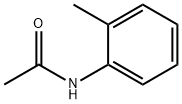
What is 2-METHYLACETANILIDE?
Chemical properties
WHITE TO OFF-WHITE CRYSTALLINE POWDER
The Uses of 2-METHYLACETANILIDE
o-Methylacetanilide is a substituted acetanilide that is used as precursor for various pharmaceuticals including their intermediates.
The Uses of 2-METHYLACETANILIDE
Acetanilide is used as an inhibitor of peroxides and?stabilizer for cellulose ester varnishes.?It is used as an intermediate for the synthesis of?rubber accelerators, dyes and dye intermediate and camphor. It is used as a precursor in penicillin synthesis and other pharmaceuticals including painkillers and intermediates.
Definition
ChEBI: 2`-Methylacetanilide is a member of toluenes.
Synthesis Reference(s)
Journal of the American Chemical Society, 106, p. 5759, 1984 DOI: 10.1021/ja00331a073
Organic Syntheses, Coll. Vol. 5, p. 650, 1973
General Description
Colorless crystals. Insoluble in water.
Air & Water Reactions
Water insoluble.
Reactivity Profile
2-METHYLACETANILIDE is an amide. Amides react with azo and diazo compounds to generate toxic gases. Flammable gases are formed by the reaction of organic amides with strong reducing agents. Amides are very weak bases (weaker than water). Imides are less basic yet and in fact react with strong bases to form salts. That is, they can react as acids. Mixing amides with dehydrating agents such as P2O5 or SOCl2 generates the corresponding nitrile. The combustion of these compounds generates mixed oxides of nitrogen (NOx).
Health Hazard
ACUTE/CHRONIC HAZARDS: Toxic. Hazardous decomposition products.
Safety Profile
Moderately toxic by ingestion.Mutation data reported. When heated to decomposition it emits toxic fumes of NOx.
Purification Methods
Crystallise the toluidide from hot H2O (solubility 1g/210mL), EtOH or aqueous EtOH. UV: max 230 and 280nm (EtOH). [Beilstein 12 H 792, 12 I 376, 12 II 439, 12 III 1853, 12 IV 1755.]
Properties of 2-METHYLACETANILIDE
| Melting point: | 109-112 °C |
| Boiling point: | 296 °C |
| Density | 1.16 |
| refractive index | 1.5279 (estimate) |
| Flash point: | 296°C |
| storage temp. | Sealed in dry,Room Temperature |
| solubility | It is slightly soluble in acetone, chloroform, toluene, benzene. |
| form | Solid |
| pka | 15.13±0.70(Predicted) |
| color | Needles |
| Merck | 14,74 |
| BRN | 2207054 |
| CAS DataBase Reference | 120-66-1(CAS DataBase Reference) |
| EPA Substance Registry System | o-Acetotoluidide (120-66-1) |
Safety information for 2-METHYLACETANILIDE
| Signal word | Warning |
| Pictogram(s) |
 Exclamation Mark Irritant GHS07 |
| GHS Hazard Statements |
H302:Acute toxicity,oral H315:Skin corrosion/irritation H319:Serious eye damage/eye irritation H335:Specific target organ toxicity, single exposure;Respiratory tract irritation |
| Precautionary Statement Codes |
P261:Avoid breathing dust/fume/gas/mist/vapours/spray. P264:Wash hands thoroughly after handling. P264:Wash skin thouroughly after handling. P270:Do not eat, drink or smoke when using this product. P280:Wear protective gloves/protective clothing/eye protection/face protection. P304+P340:IF INHALED: Remove victim to fresh air and Keep at rest in a position comfortable for breathing. P305+P351+P338:IF IN EYES: Rinse cautiously with water for several minutes. Remove contact lenses, if present and easy to do. Continuerinsing. P405:Store locked up. P501:Dispose of contents/container to..… |
Computed Descriptors for 2-METHYLACETANILIDE
New Products
Indole Methyl Resin tert-butyl 9-methoxy-3-azaspiro[5.5]undecane-3-carboxylate Boc-His(Boc)-OH 2-CTC Resin 4-Chloro-7-tosy1-7Hpyrrolo[2,3-d]pyrimidine 5,7-Dibromo-1H-indole 2,5-dichloro-N-hydroxy-4,6-dimethylpyridine-3-carboximidamide 2,2-Dimethoxy-7-azaspiro[3.5]nonane hydrochloride 4-chloromethyl-5-methyl-1,3-dioxol-2-one (DMDO-Cl) R-2-BENZYLOXY PROPIONIC ACID 1,1’-CARBONYLDIIMIDAZOLE 1,1’-CARBONYLDI (1,2-4 TRIAZOLE) N-METHYL INDAZOLE-3-CARBOXYLIC ACID 4-((2-hydroxyethyl)thio)benzoic acid 1-(TERT-BUTOXYCARBONYL)-2-PYRROLIDINONE Methyl 6-methylnicotinate 3-Pyridineacrylic acid tert-Butyl carbazate TETRAHYDRO-2H-PYRAN-3-OL 2-((4-morpholinophenylamino) (methylthio) methylene) malononitrile 3-(4-morpholinophenylamino)-5-amino-1H-pyrazole-4-carbonitrile 2,4-dihydroxybenzaldehyde 1,3-Diethyl-1,3-Diphenylurea Methyl 2-methylquinoline-6-carboxylateRelated products of tetrahydrofuran

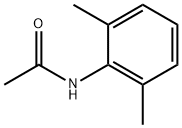
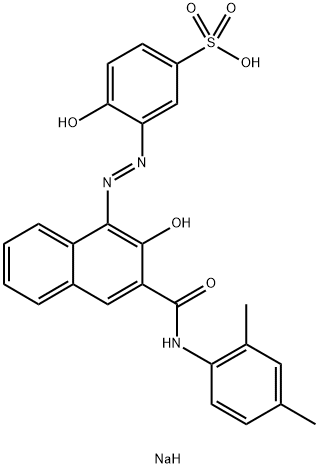
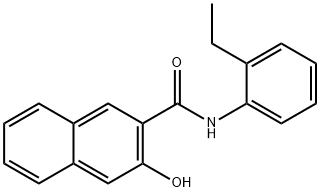
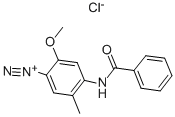


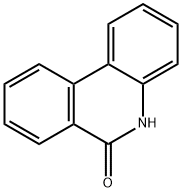
You may like
-
 120-66-1 2-Methyl acetanilide 98%View Details
120-66-1 2-Methyl acetanilide 98%View Details
120-66-1 -
 o-Acetotoluidine CAS 120-66-1View Details
o-Acetotoluidine CAS 120-66-1View Details
120-66-1 -
 O-ACETOTOLUIDIDE CAS 120-66-1View Details
O-ACETOTOLUIDIDE CAS 120-66-1View Details
120-66-1 -
 Pyridine 99.5% HPLC /UV SpectroscopyView Details
Pyridine 99.5% HPLC /UV SpectroscopyView Details
110-86-1 -
 Piperazine Spot supply, best priceView Details
Piperazine Spot supply, best priceView Details
110-85-0 -
 Dibutyl PhthalateView Details
Dibutyl PhthalateView Details
84-74-2 -
 Imidazole Spot supply, competitive priceView Details
Imidazole Spot supply, competitive priceView Details
288-32-4 -
 Thiourea 99% ARView Details
Thiourea 99% ARView Details
62-56-6
